NYC’s Forgotten ‘War on Christmas Trees’
Discover how an obscure holiday crackdown affects festive street vendors today!


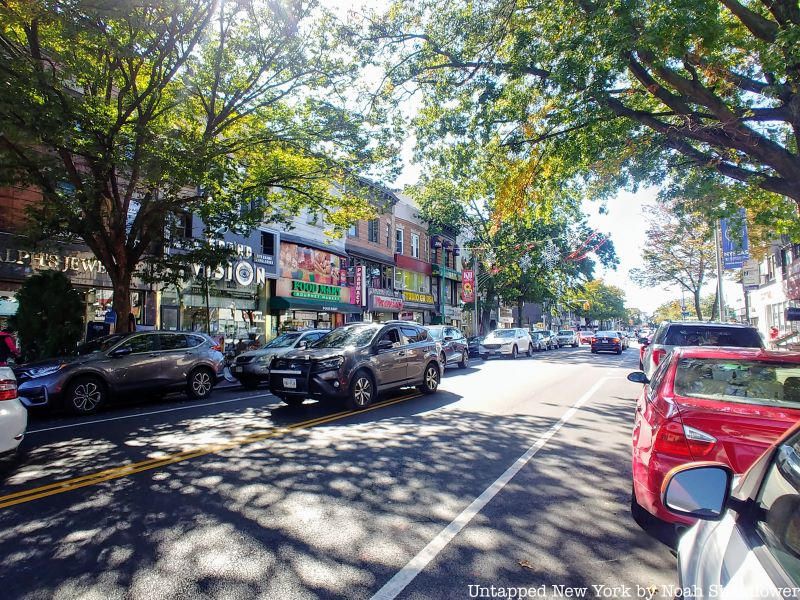
Midwood is a neighborhood in southern Brooklyn to the south of Flatbush and east of Bensonhurst. As one of the centers of Jewish culture in New York City, Midwood features dozens of kosher eateries, Judaica stores, and Jewish clothing stores on streets like Coney Island Avenue, Avenues J and M, and Kings Highway. Midwood was known for its film and television scene, beginning with Vitagraph and growing with the opening of several movie theaters like The Avalon (now a Walgreens), The Kent Triplex Movie Theater, and The Jewel. The area also attracted hundreds of Orthodox Jews moving from nearby Borough Park and abroad, many of whom opened synagogues and yeshivas. Though many of Midwood’s historic institutions have since closed, the area is still bustling, especially along Kings Highway. Here are the top 10 Secrets of Midwood!
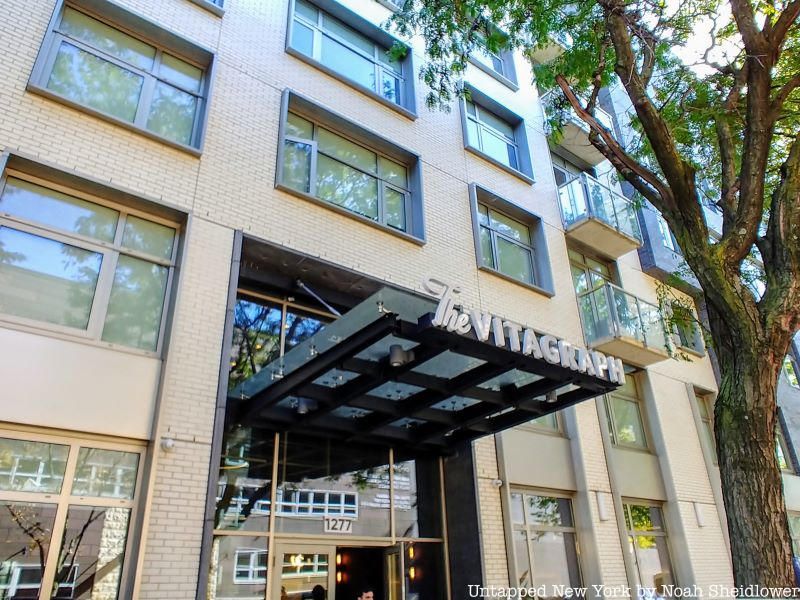
Midwood’s film and television industry was at one point among the most robust in the city. The Vitagraph company was the most prolific American film company at that time. It opened in 1897 by J. Stuart Blackton and Albert E. Smith at 1277 East 14th Street. Originally, the studio operated on the rooftop of a building on Manhattan’s Nassau Street before moving to Midwood. Early newsreels by Vitagraph included scenes from the Spanish-American War, and the company was also the first to use the stop-motion technique in its film The Humpty Dumpty Circus. The company also had a partnership with Thomas Edison, agreeing to sell their most popular films to Edison for distribution, thus avoiding patent lawsuits. In 1909, Vitagraph distributed the first film adaptation of Les Miserables and also participated in the Paris Film Congress in an attempt to expand distribution to Europe. During the 1910s, Vitagraph released pre-Chaplin film comedies, perhaps the first feature film, the first aviation film, and World War I propaganda films including The Battle Cry of Peace. Many films stars lived in Midwood, included “Vitagraph Girl” Florence Turner, vaudeville actor Maurice Costello, Norma Talmadge, comedian Larry Semon (who directed the silent film The Wizard of Oz), and “Vitagraph Dog” Jean.
In 1925, Warner Bros. purchased Vitagraph, and studio operations were moved to Hollywood in 1939. The Brooklyn Historical Society and Museum of the Moving Image both have substantial Vitagraph collections. Part of Vitagraph’s Midwood studios was purchased by NBC Television in 1952, and this became NBC Brooklyn. At the time, it was one of the world’s largest color TV production studios, and the first show it produced in 1954 starred Betty Hutton. Underneath Studio 1 was a swimming pool built specifically for a show starring famous swimmer Esther Williams. Shows and programs that originated at Studios 1 and 2 included Peter Pan, Kraft Music Hall, Hullabaloo, The Sammy Davis Jr. Show, The Cosby Show, and a few episodes of Saturday Night Live. NBC eventually closed the studios, after which JC Studios took over. Yeshiva University purchased part of the land for Brooklyn Torah Academy, which then became the Shulamith School. OHEL Children’s Home and Family Services purchased the former Studio 1 building, while an eight-story apartment building called The Vitagraph opened in 2018. Figures like Woody Allen and Darren Aronofsky both grew up in Midwood as well.
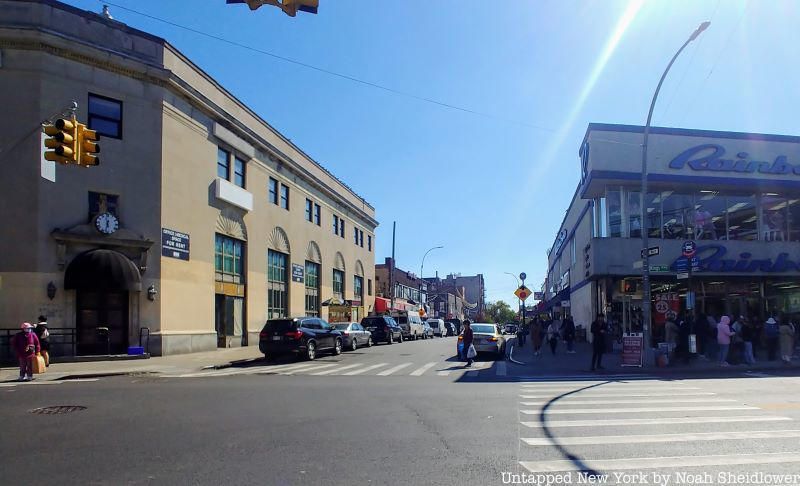
Kings Highway is one of Midwood’s most bustling streets, and this has been the case Dubrow’s Cafeteria opened decades ago. Dubrow’s was a chain of cafeteria-style restaurants in Brooklyn, Manhattan, and Miami Beach, started by a Belarussian immigrant on the Lower East Side in 1929. The Manhattan location near the Garment District was often a meeting place for the International Ladies’ Garment Workers’ Union. Brooklyn hosted two locations, the second along Eastern Parkway, and the Kings Highway location opened in the 1950s. The menu included everything from matzoh ball soup and lamb breasts to apple strudels and salt sticks. For decades, Dubrow’s used a system of printed tickets in which holes were punched.
The Kings Highway location was put on the map thanks in part to John F. Kennedy, who, during his presidential campaign, held a large campaign rally outside the restaurant. The event attracted local New York City politicians and residents from across the five boroughs, many of whom crowded the streets for many blocks in each direction. A few years later, Senator Robert F. Kennedy held a presidential campaign rally of his own at the restaurant, drawing in similar numbers. And a few years after this, Jimmy Carter also made an appearance at Dubrow’s during his campaign. The Kings Highway location was also where Sandy Koufax announced his decision to join the Brooklyn Dodgers.
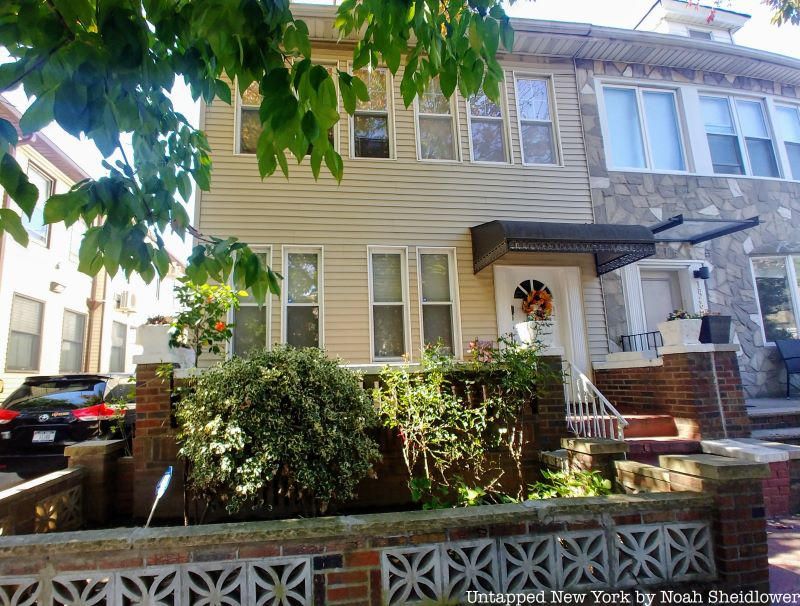
Midwood raised quite a few famous figures in government, including Ruth Bader Ginsburg, Bernie Sanders, and Chuck Schumer. Ruth Bader Ginsburg’s childhood home at 1584 E 9th Street is today an unassuming home. Ginsburg was born in 1933 at Beth Moses Hospital at 4802 10th Avenue in Borough Park, which was settled by Jewish immigrants starting in the early 1900s. Ginsburg’s house was built in 1920, which lacked the vinyl siding it has today. Both sides of the two-family house appeared to have an outer facade layer possibly of stucco or plaster, and the original windows have been changed and remodeled over the years. The Ginsburg family was from the working class — her mother was a garment factory worker and her father was a furrier during the Great Depression. They attended East Midwood Jewish Center, and Ginsburg later attended James Madison High School before studying at Harvard Law School, then transferring to Columbia University‘s Law School.
Another attendee of James Madison High School was Bernie Sanders, who was born in Midwood in 1941. He grew up on East 26th Street, and he was the captain of both the track and cross country teams at his high school. Sanders would later attend Brooklyn College nearby, paying $80 a month in rent. In 2016, Sanders campaigned in front of the three-and-a-half-room apartment as part of his presidential run. Another important politician who lived in Midwood was New York Senator Chuck Schumer, who grew up in a Jewish household with an exterminator father and a homemaker mother. He graduated from James Madison High School in 1967 as valedictorian, attending Harvard and serving in the House across Brooklyn and Queens districts. Doug Emhoff, the husband of Kamala Harris, grew up at 1480 Ocean Avenue before moving to New Jersey.
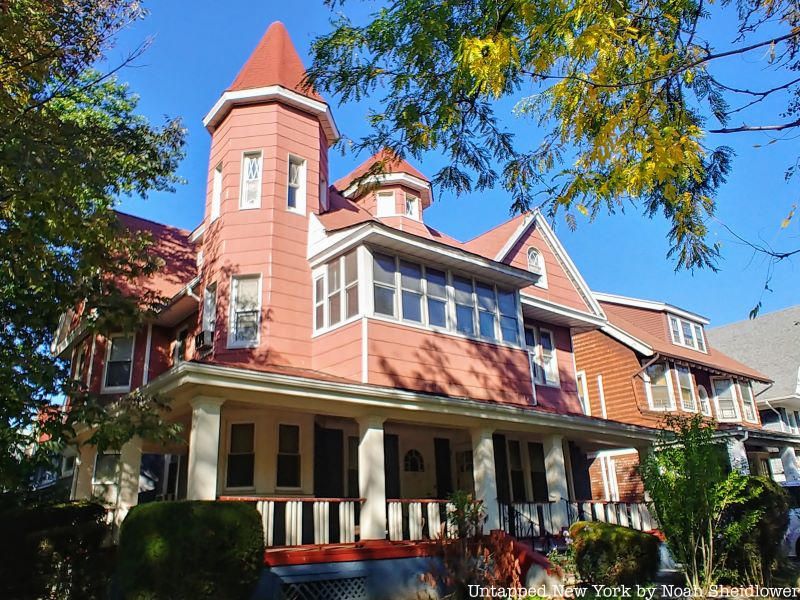
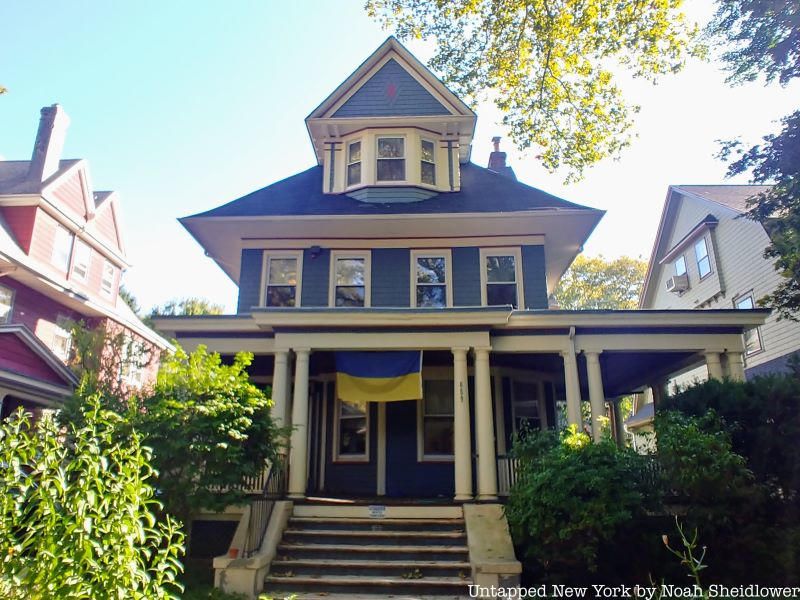
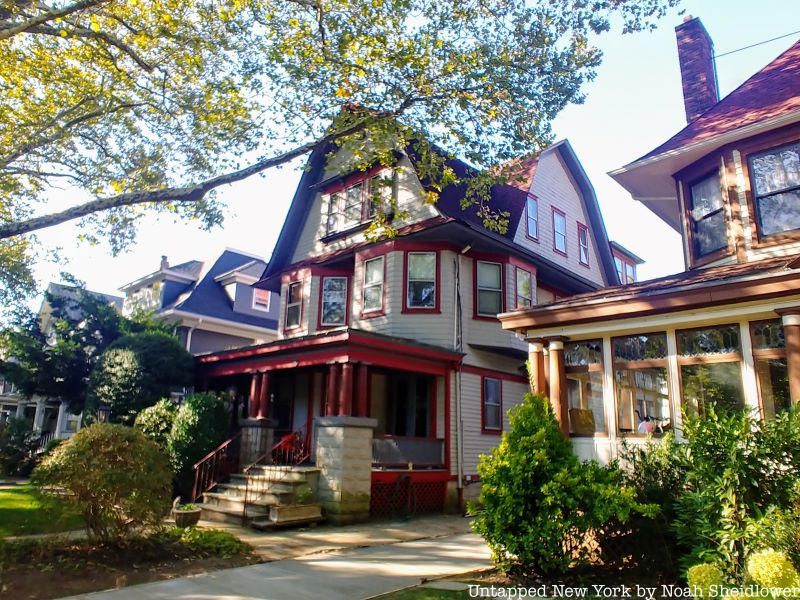
The Fiske Terrace-Midwood Park Historic District is a roughly 12-block historic district by Flatbush. Fiske Terrace and Midwood Park were both developed in the early 1900s as planned communities by the T.B. Ackerson Company and the John R. Corbin Company. Both were constructed on land that years prior was heavily wooded, with about 150 custom-made homes (the historic district today includes over 250 homes). It was said that the community “transformed from woods into city in 18 months.” The homes were designed in various styles including Queen Anne and Colonial Revival, and streets included a series of “malls,” or tree-lined medians.
Residents of the historic district included Charles Ebbets, who owned the Brooklyn Dodgers and Ebbets Field, and Richard Hellmann, who created Hellmann’s Mayonnaise. The area has been serviced for decades by the Avenue H station of the BMT Brighton Line, whose station house was added to the New York City Landmarks Preservation Commission in 2004. Some notable homes include 677 East 17th Street, designed by Benjamin Driesler with an octagonal tower; 621 and 625 East 19th Street designed in the Arts & Crafts style; and 624 East 19th Street in the Colonial Revival style with a blue exterior.
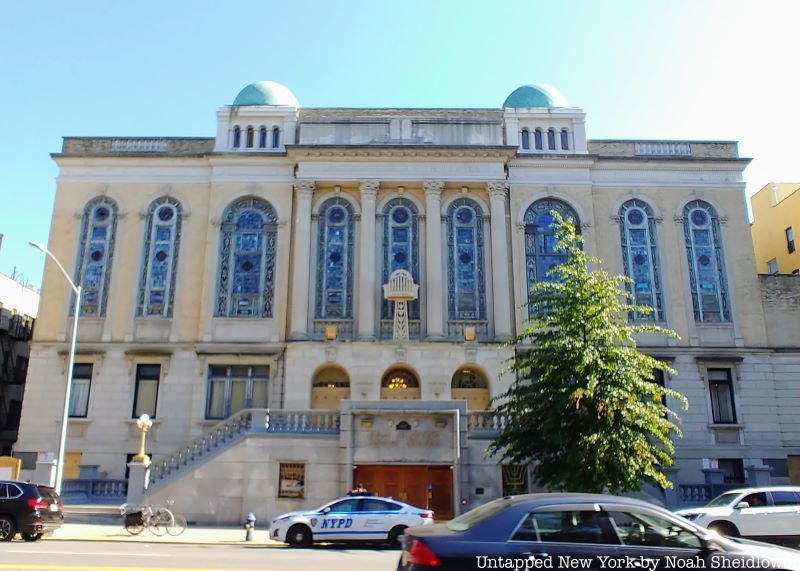
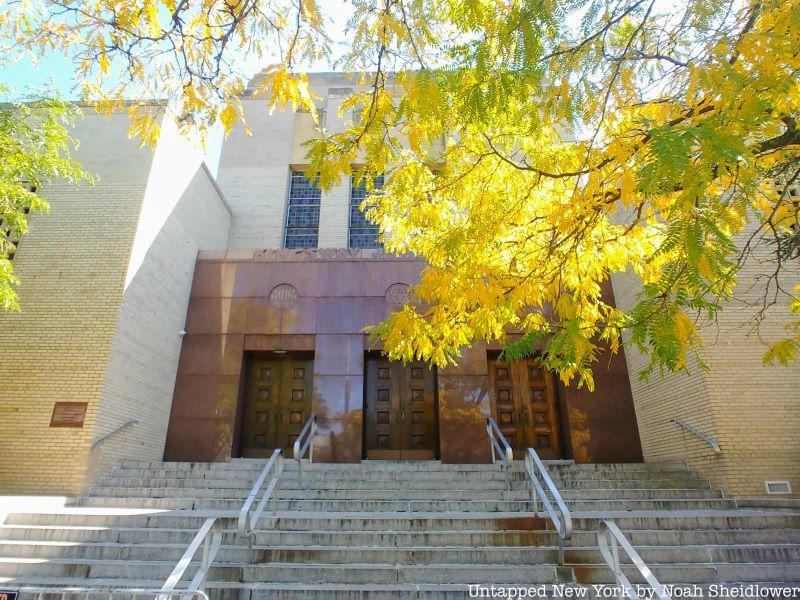
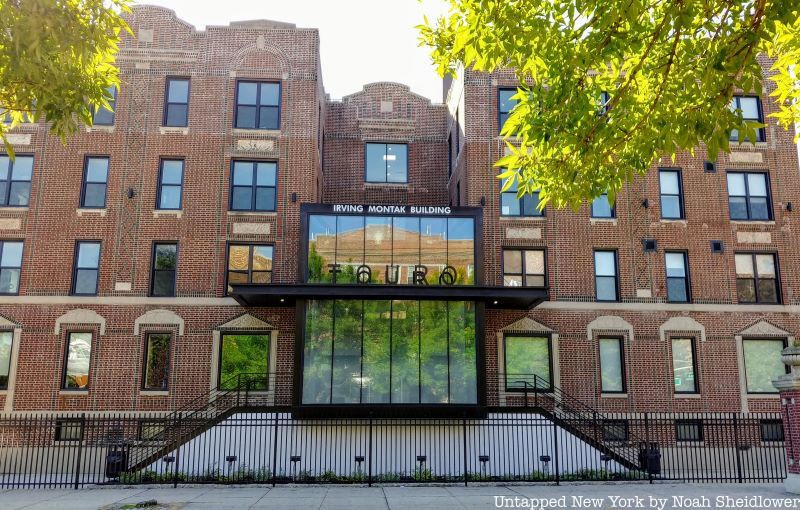
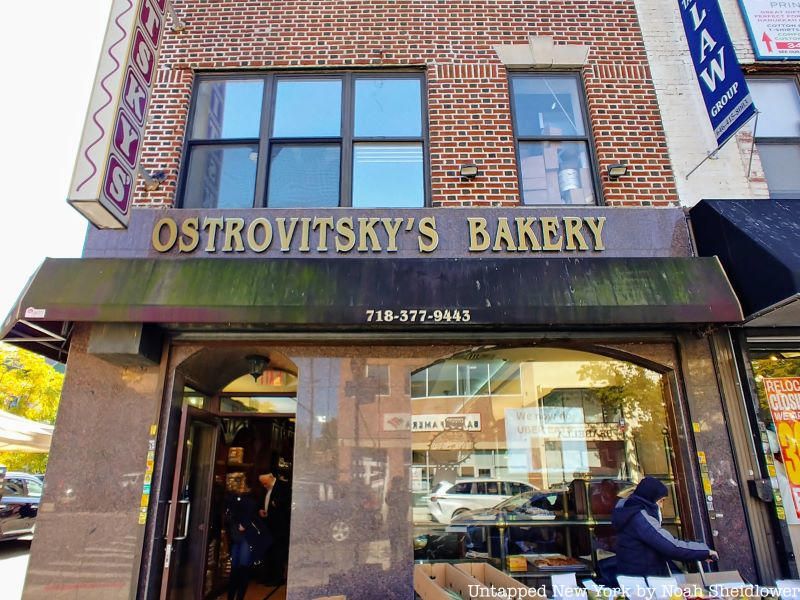
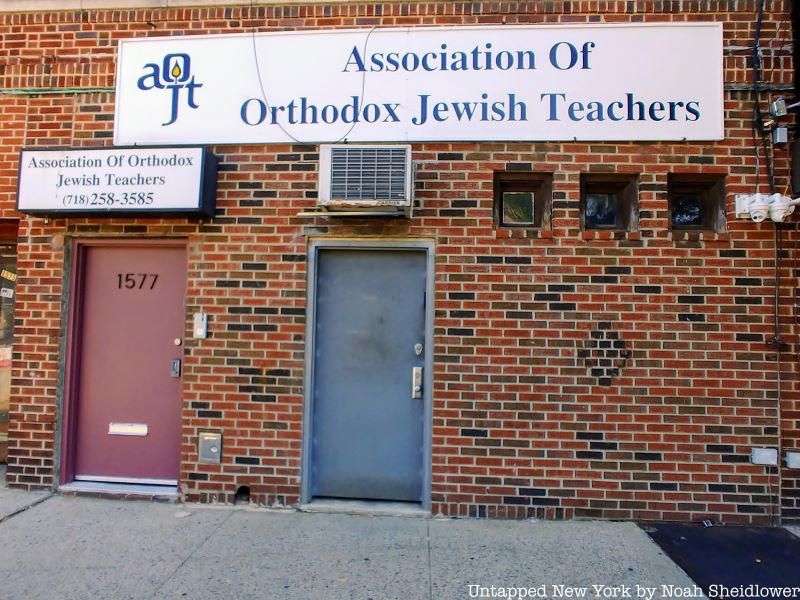
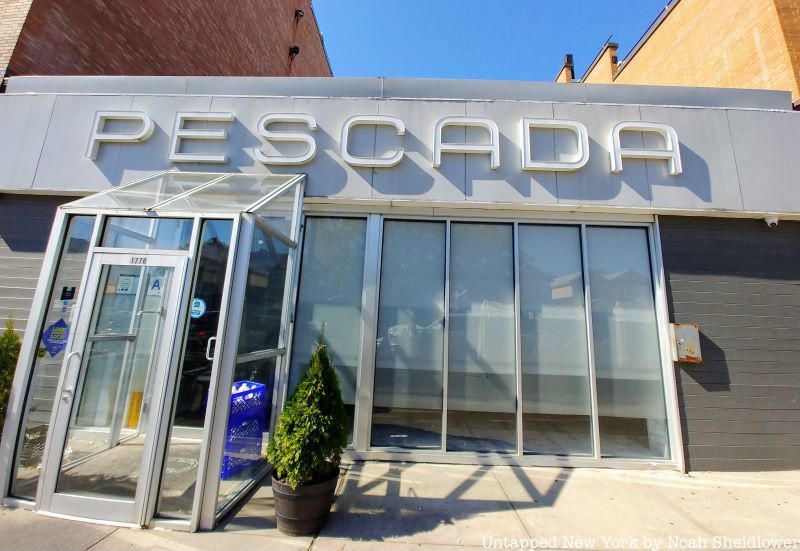
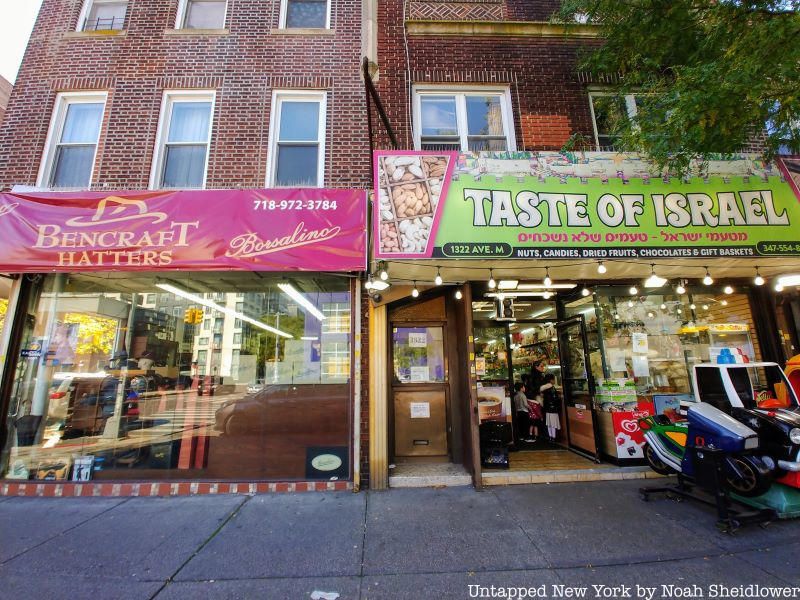
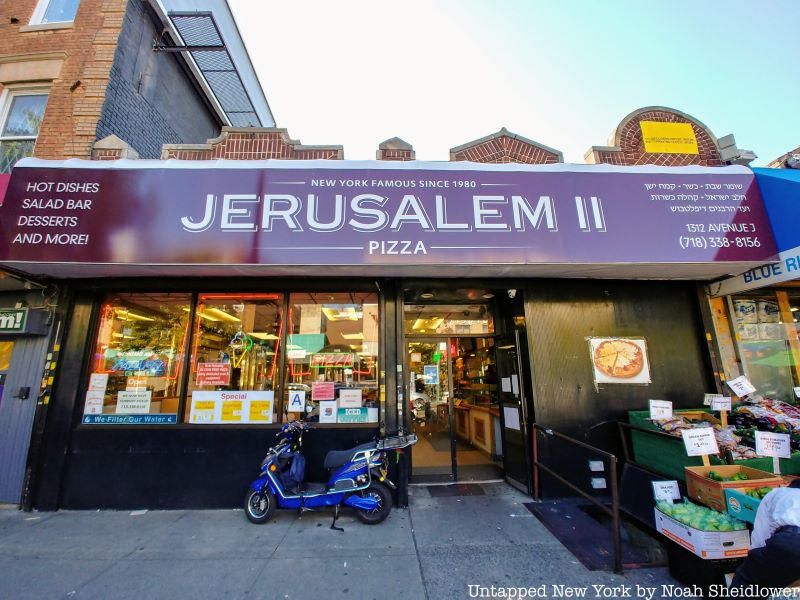
Though Midwood has had a large Jewish community since the early 20th century, a wave of Orthodox Jews moved into the neighborhood from Borough Park in the 1980s. Since then, Midwood has become one of the epicenters of Jewish culture in Brooklyn, with dozens of Orthodox and Hasidic congregations scattered throughout the community, including Young Israel of Midwood, Beis Medrash Ahavas Dovid, Talmud Torah of Flatbush, and Khal Tiferes Yaakov. The neighborhood also has a number of yeshivas, or Jewish educational institutions, some of which are run by the Haredi.
Two synagogues are included on the National Register of Historic Places: Kingsway Jewish Center, built in 1951 on Nostrand Avenue featuring 18 Abstract Expressionist windows, and East Midwood Jewish Center, a Conservative synagogue on Ocean Avenue completed in 1929. Popular kosher restaurants in Midwood include Essen NY Deli, Bordeaux steakhouse, Joseph Dream Burger, Pescada, and KOMA Sushi. Kosher supermarkets, Israeli sweet shops, Judaica stores, and clothing stores line major roads such as Avenues J and M, Ocean Avenue, and Coney Island Avenue.
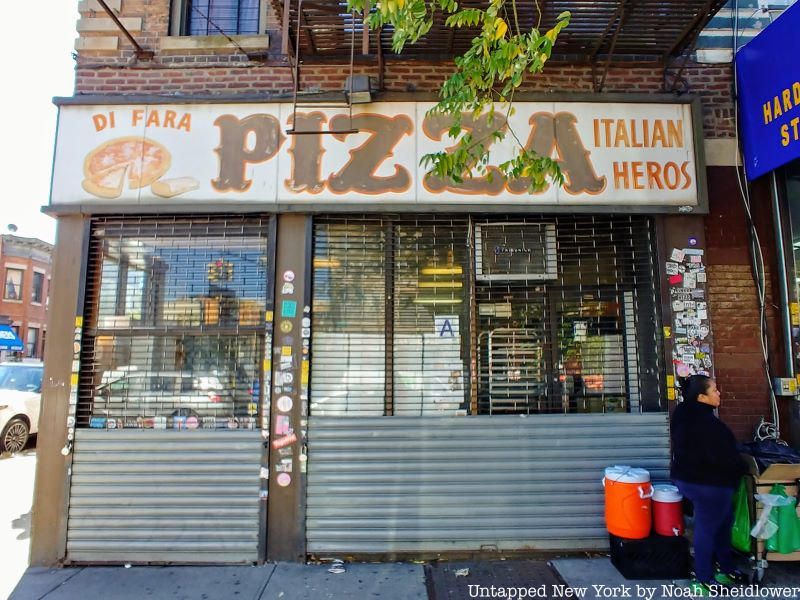
Located on Avenue J in Midwood, Di Fara Pizza is considered by many to be the best pizza in New York City. The restaurant was owned and operated by Domenico DeMarco, who passed away in 2022 after working nearly every day since 1965. DeMarco moved to the U.S. in 1959, and after spending a few months in Huntington, he moved to Brooklyn and later opened Di Fara with partner Farina. Over the years, DeMarco and his children perfected the recipe, using only imported ingredients from Italy such as San Marzano tomatoes, buffalo mozzarella, grana padano, extra-virgin olive oil, and many other types of cheese and meats. The restaurant has also grown its own oregano, basil, thyme, and rosemary. The pizzas are baked in an 800 °F oven and are topped with fresh basil cut with a pair of scissors.
With all these imported ingredients, regular slices cost $5 and square slices cost $6. Whole pies range from $30-$40 and range from the Di Fara Special with sausage, peppers, and mushroom to the Louisa Pizza with sun-dried roasted peppers and Kalamata olives. There is also a Staten Island location and a recently opened South Street Seaport post as well. Though the interior is currently closed off, it hosts about 15 seats inside. The pizza has received rave reviews over the years, including Bill de Blasio who declared it the best pizza in the city in 2013. Anthony Bourdain highly praised it, as did Zagats, Frommer’s, and mostly every newspaper.
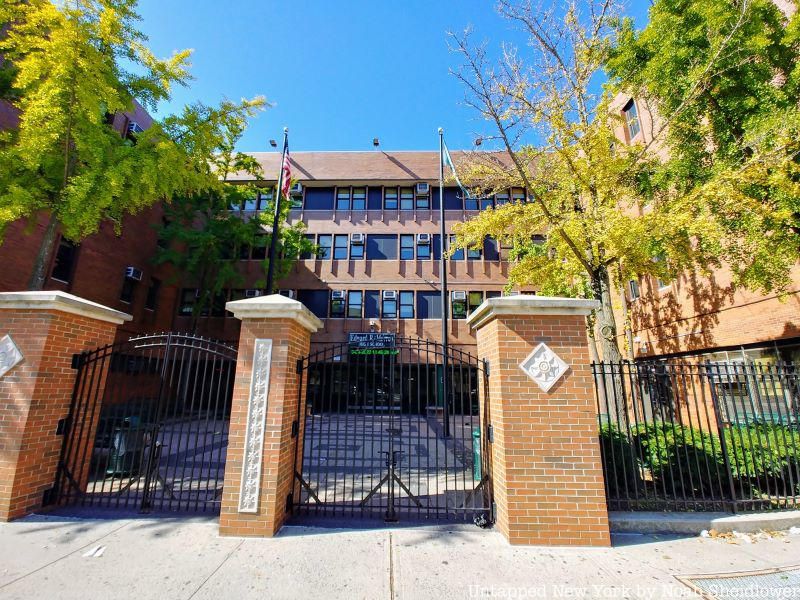
While living in the East Village and SoHo, artist Jean-Michel Basquiat gained the attention of accomplished artists and art dealers, who helped him present his art at the Whitney Biennial at just 22. Though, Basquiat had humble beginnings in Brooklyn. Basquiat was born on December 22, 1960, in Park Slope, and in 1966, he moved to East 35th street in East Flatbush, where Basquiat began studying and practicing art, attending the nearby Saint Ann’s School and drawing his favorite cartoons. While at the East Flatbush home, he recovered from an automobile accident in 1968. After his parents separated, he moved to Boerum Hill with his father and two siblings before moving to Puerto Rico three years later. He returned to Boerum Hill in 1976 and moved out in 1978 after creating the fictional character SAMO.
After returning to Brooklyn in 1976, Basquiat briefly attended Edward R. Murrow High School in Midwood. Though, he rebelled against his parents and ran away from home at 15 after being caught smoking marijuana. After sleeping in Washington Square Park, he eventually returned home and enrolled in Manhattan’s City-As-School, where he began taking up art. Though, successful alumni of the high school include Darren Aronofsky, Adam Yauch of the Beastie Boys, and Congresswoman Yvette Clarke. Named for broadcast journalist Edward R. Murrow, the high school focuses on arts programs in fields like theater, music, dance, and visual arts. Mel Brooks even granted the school the first rights of any school to his musical The Producers.
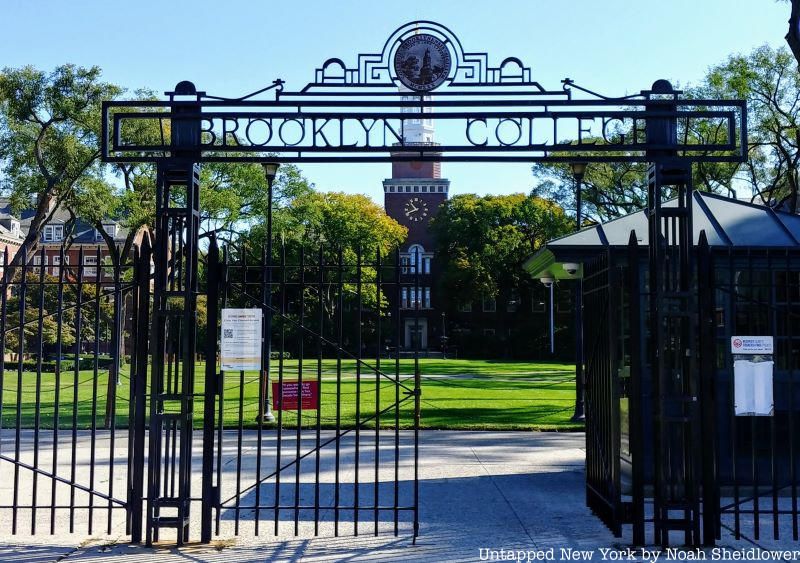
Brooklyn College on the northern border of Midwood was the city’s first public coeducational liberal arts college. It was founded in 1930 and held separate classes for women and men until junior year. Construction on a new Georgian-style campus began in 1935, and President Franklin D. Roosevelt laid the cornerstone of the gymnasium a year later. In the 1940s, Brooklyn College was a national leader in alumni with doctoral degrees, and many academics in Nazi Germany taught here during and after the war. In 1956, the college also hired John Hope Franklin, a Black historian who wrote From Slavery to Freedom, as head of its history department. The college, which was known for inviting controversial figures to give talks, was also rocked by anti-war protests during the Vietnam War era, as well as a 16-hour sit-in to demand more Black and Puerto Rican students gain admission.
Alumni have included Shirley Chisholm, the first Black woman elected to Congress; California Senator Barbara Boxer; psychologist Philip Zimbardo; lawyer Alan Dershowitz; and CNN anchor Don Lemon. Faculty have included Beat Generation author Allen Ginsburg, political philosopher and Holocaust survivor Hannah Arendt, painter Mark Rothko, and violinist Itzhak Perlman.
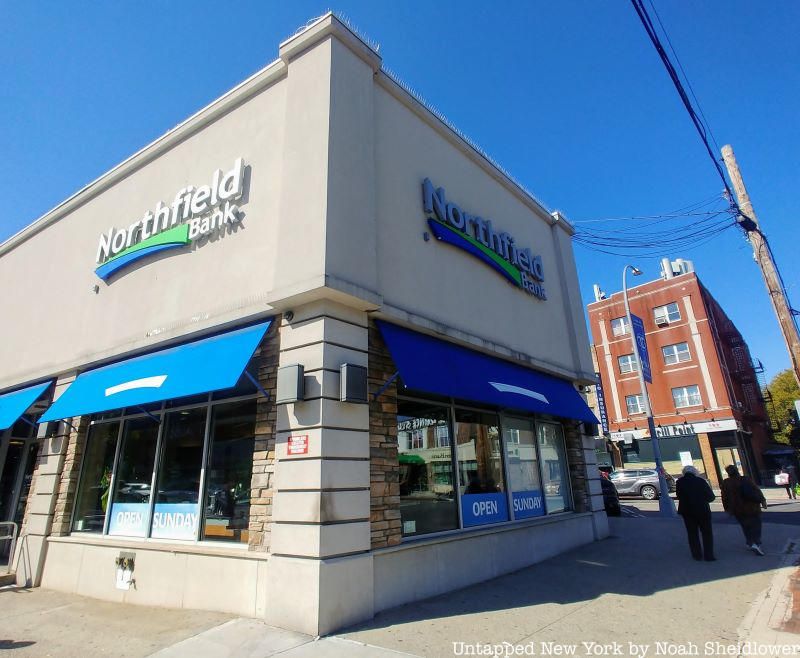
Crazy Eddie was a popular consumer electronics chain in the Northeast, which at its peak had 43 stores and $300 million in sales. The first Crazy Eddie was opened in Midwood on Kings Highway in 1971 by Eddie and Sam M. Antar; it was originally called ERS Electronics for Eddie and his parents Rose and Sam. The first location stayed on Kings Highway for a few years before moving to a large location a few blocks away. By 1973, the second location opened in Syosset in Nassau County, with a third opening in Manhattan two years later.
In addition to low prices, the store was known for its “crazy” commercials that starred DJ Jerry Carroll. The chaotic commercials featured Carroll for over 15 years, including a series each holiday season in which he would dress as Santa Claus and advertise the store while fake snowballs were thrown at him. Over 7,500 radio and television ads were broadcast across the tri-state area in the 1980s, some of which were parodied on Saturday Night Live. However, another element of “crazy” within the store’s history was years of fraud among management, leading to legal battles and eventual bankruptcy in 1989.
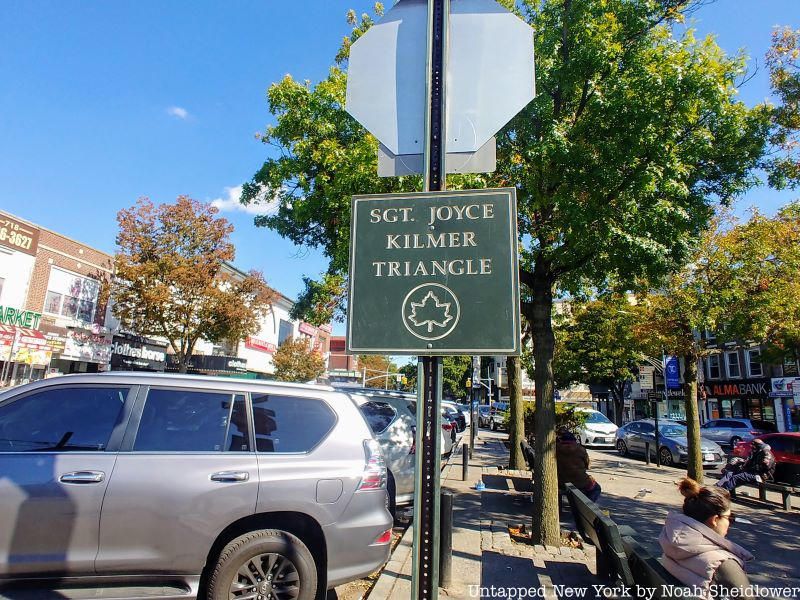
Measuring a grand 0.0001 acres, Joyce Kilmer Triangle is one of the city’s smallest parks, located along Kings Highway. The site became parkland in 1934 and was dedicated to Sergeant Joyce Kilmer in 1935. The park includes just a few benches and trees in the middle of the crowded street. Kilmer, who died in World War I, was a Columbia University and Rutgers University graduate who, after a few years working as a professor and literary editor, joined the New York Times in 1913.
That year, his poem “Trees” struck a chord with millions across the country, beginning with “I think that I shall never see / A poem lovely as a tree.” In 1917, he enlisted as a private in the 7th Regiment of the New York National Guard before transferring to the “Fighting Irish.” He gained the rank of Sergeant, but just a year later, he was mortally wounded in the Second Battle of the Marne. A park a few blocks from Yankee Stadium on Grand Concourse also is named for Kilmer.
Next, check out the Top 10 Secrets of Bensonhurst in Brooklyn!
Subscribe to our newsletter